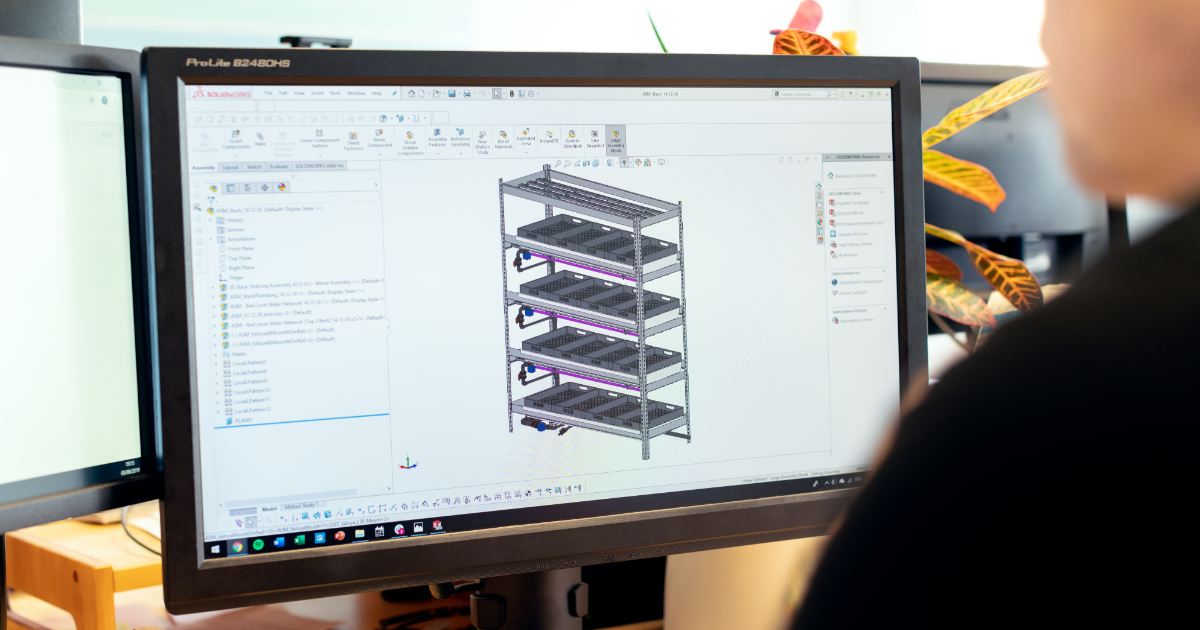In today’s age of fast-paced technology growth, it’s become very tough to keep track of the rise of different technologies. However, there is a common topic underlying most of the trending technology trends. This constant theme is of the Internet of things. Since IoT is a vast concept, it has multiple layers. Researchers have varied opinions about the number of layers of the Internet of Things. We will talk about them in this article.
Layer one of Internet of Things
To begin with, the first layer of IoT consists of the Things Layer. This layer consists of IoT devices that have sensors.
These are the small, memory-based, often, battery-operated electronic devices with inbuilt actuators as well as sensors. The devices can perform as a standalone sensing device as well as a part of a bigger machine for control and sensing. Internet of Things devices have the following abilities specifically :
- These can sense and record data
- They can perform light computing
- Connect to a network and communicate the data
Examples of these include fitness trackers, smart TVs, medical sensors for measuring heartbeat levels, and more. There are a huge number of companies competing to come up with newer and better IoT sensors, actuators, and devices.
Layer Two of Internet of Things
Layer two of IoT consists of the Connectivity or Edge Computing layer. This layer describes the various communication networks and protocols used for connectivity and edge computing. This layer has a distributed architecture where IoT data is processed at the edge of the network.
You may also terminate the Connectivity layer of the Internet of Things as the Gateway layer. We have to connect the various IoT devices from layer one to the internet. You can do this via a powerful computing device called the IoT gateway. IoT gateway primarily acts as a networking device. You know how a WiFi router helps you connect many laptops, phones, and tablets to the internet at home. Likewise, the IOT gateway aggregates data from various sensing devices and relays it to the cloud.
Layer Three of IoT
Layer three is the cloud layer or the Global Infrastructure layer. Cloud architecture particularly uses this layer. Consequently, most of the IoT solutions link with cloud services. An extensive set of coherent services, IoT cloud provides businesses with useful data and perspective on customers. Cloud servers store the sensor data sent by IoT gateways. These servers accept, store, and process data for the purpose of analysis and decision making. This layer also allows the creation of live dashboards that decision-makers can monitor and take data-driven actions. Almost all cloud computing companies have customer service offerings for IOT solutions today.
Layer Four of Internet of Things
Layer four is the data analysis layer. This relates to data reporting, mining, and machine learning.
The main work happens here. After collecting the raw data, they are converted into actionable business insights. This, in turn, helps to improve business operations, efficiency, and even predict future events such as machine failure.
To summarize, you will find the same four layers of technology in all the Internet of Things applications and solutions irrespective of shapes and sizes. There is no one size for all when it comes to IoT applications.

All you need to know about IoT
| Introduction to IoT | Career Options after IoT |
| IoT in Business Growth | How IoT works? |
| Future of IoT | Benefits of IoT |
| Disadvantages of IoT | Salary After IoT Course |
Learn IoT
| Top 7 IoT University/ Colleges in India | Top 7 Training Institutes of IoT |
| Top 7 Online IoT Training Programs | Top 7 Certification Courses of IoT |
Learn IoT with WAC
Other Skills in Demand
| Artificial Intelligence | Data Science |
| Digital Marketing | Business Analytics |
| Big Data | Internet of Things |
| Python Programming | Robotics & Embedded System |
| Android App Development | Machine Learning |

